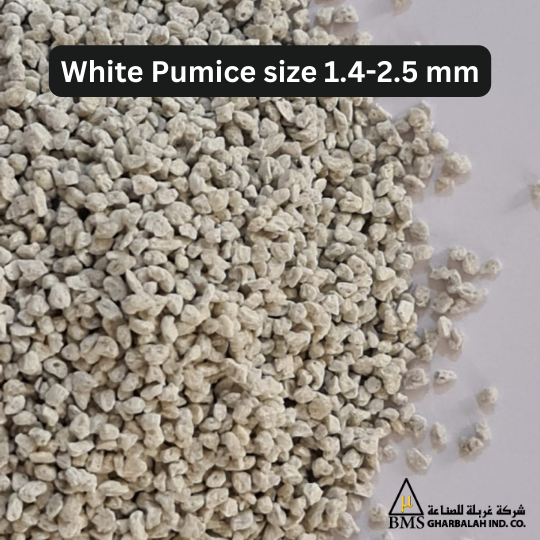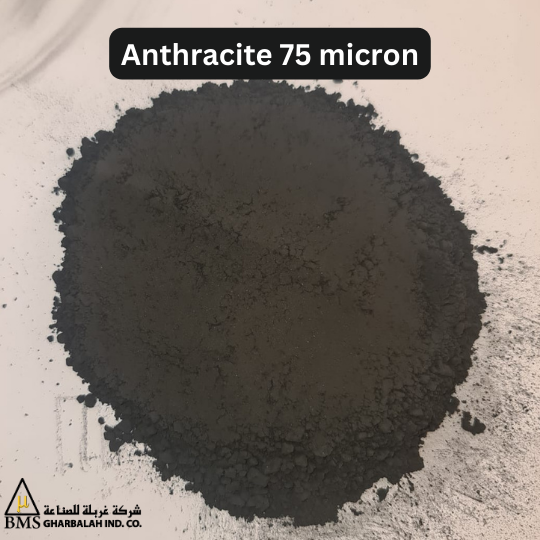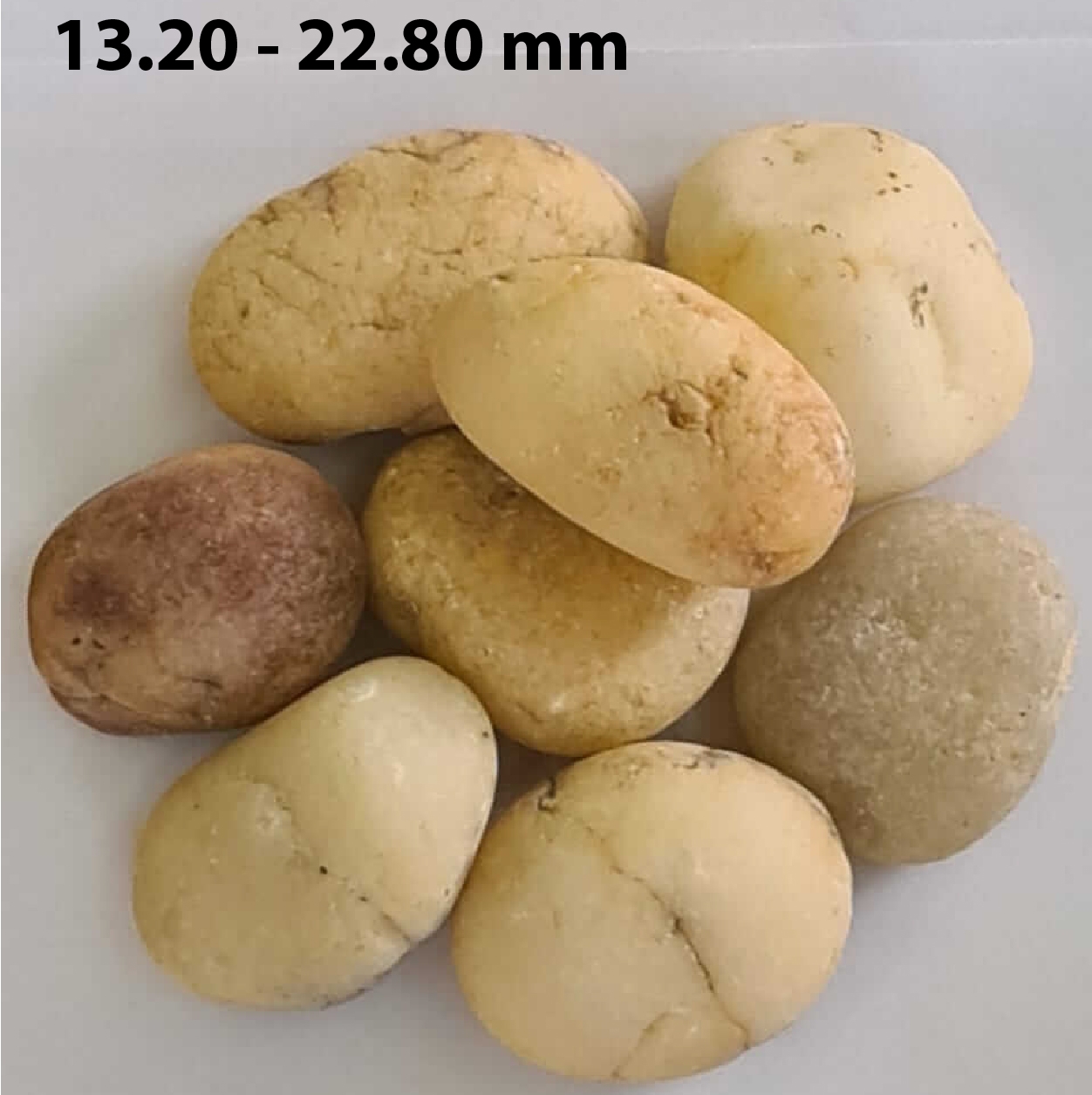Active Coconut Charcoal Activated carbon is the general term used to describe a group of carbon absorbers housed in a tight crystalline form with an internally porous structure that is extended. Several basic materials are used to make activated carbon. The most common of these materials are wood, charcoal, lignite, and coconut shell. For drinking purposes, coconut shell is an ideal base material as it is tough compared to wood. The carbon base on the coconut shell is often in a very small form. It is well suited for organic chemical absorption, including volatile organic chemicals while it has higher chlorine-lowering capabilities. Coconut shell carbon is known to make the water taste sweeter.
Active Coconut Charcoal Activation Process:
Activation and good process control are indispensable for the manufacture of good quality activated carbon which gives a high level of porosity. First, carbonization of the shell, which is achieved by slow heating without oxygen to form a carbon mass filled with small pores. This carbonized base material is then activated at a high temperature (1100° C) in the presence of steam while regulating oxygen and carbon dioxide levels. The activation temperature and the amount of activation (time) are important for creating an internal pore network and for communicating some surface chemistry (a functional group) within each carbon particle. Inside, the total activation process of carbon gives unique absorption properties to remove impurities. This total control enables us to continuously produce good quality activated carbon. How does activated charcoal work? Activated carbon is highly porous and has a very large surface area. The reason why active carbon is absorbent and effective is that it has a large number of sunken pores. This provides a large surface area relative to the actual carbon particle size and its visible outer surface. An approximate ratio is 1 gram = 100 square meters of roof area. Molecular gravity in small pores causes absorption forces. The particles of impurities in the water are absorbed on the surface of the activated carbon by either physical or chemical gravity.









